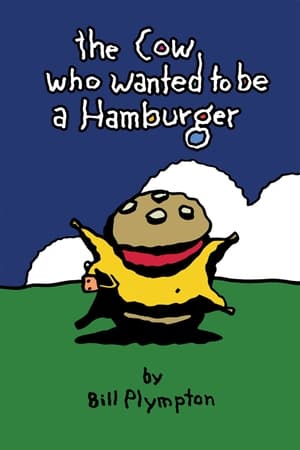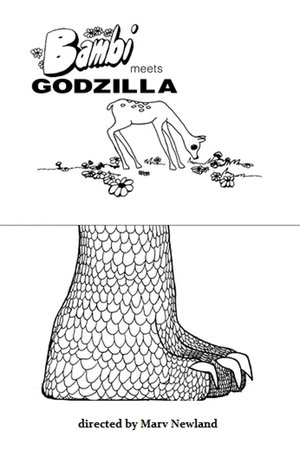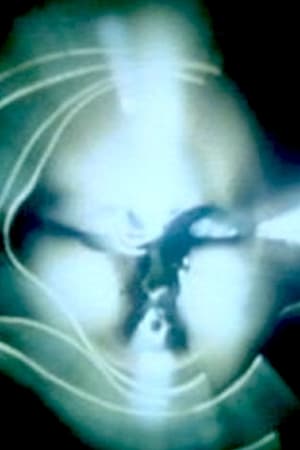Overview
A village is ruled by the church, but is filled with hypocritical sinners who constantly spy on each other. Preserved by the Academy Film Archive in 2008.
Reviews
Anyone else think the score here reminded them of the Ian Richardson “House of Cards” (1990)? Anyway, it’s a monastic retreat where people all live in harmony with each other, except - well, they don’t. The priest could drink his own bodyweight in wine each day amidst a collection of nosey residents each spying on the other as they pinch some fruit, or sneak off for a clandestine bit of furious jogging, or even hoard their gold in their room. It’s a bit like the seven deadly sins rolled into one theatrically shaped building. Then one of their number allows greed to get the better of him, and that sets in train a series of events that pitches this small community against one of their number whose days look numbered. Can he find a way out of the dungeon? It’s a wonderful, if maybe a little cynical, epitome of humanity this film with elements of envy, lust, and vengeance all peppering a quickly paced and quite amusing discourse on sin and it’s causes. It’s set in a church to exaggerate the point, but it could be set in an any community where idleness finds work for minds and bodies alike. Meantime, the ants carry on as the circle of life continues and our whole societal structure continues to recycle itself. Or does it?

 14 min
14 min
 7.5
7.5
 1993
1993
 United Kingdom
United Kingdom
 CinemaSerf wrote:
CinemaSerf wrote:


















